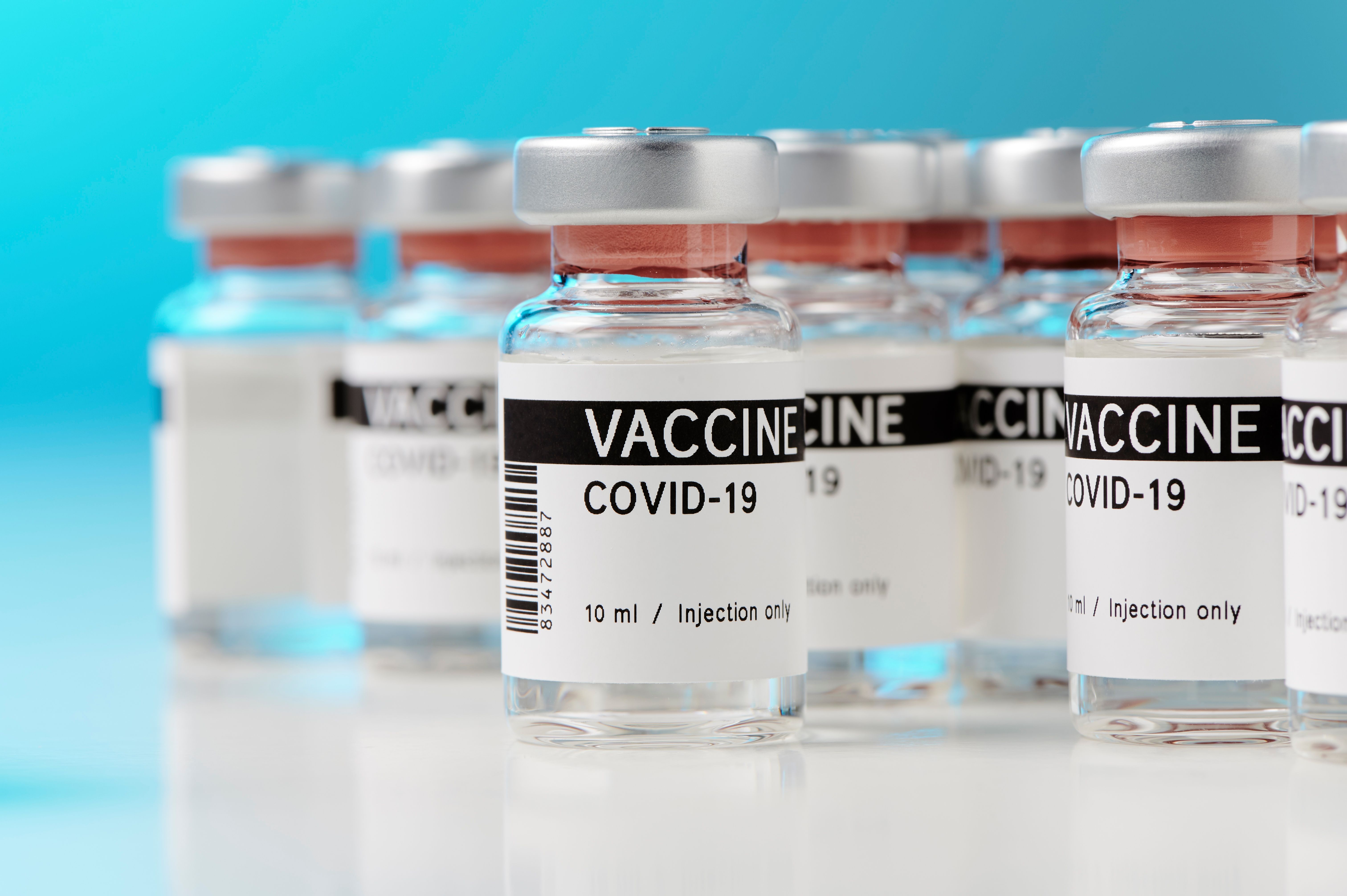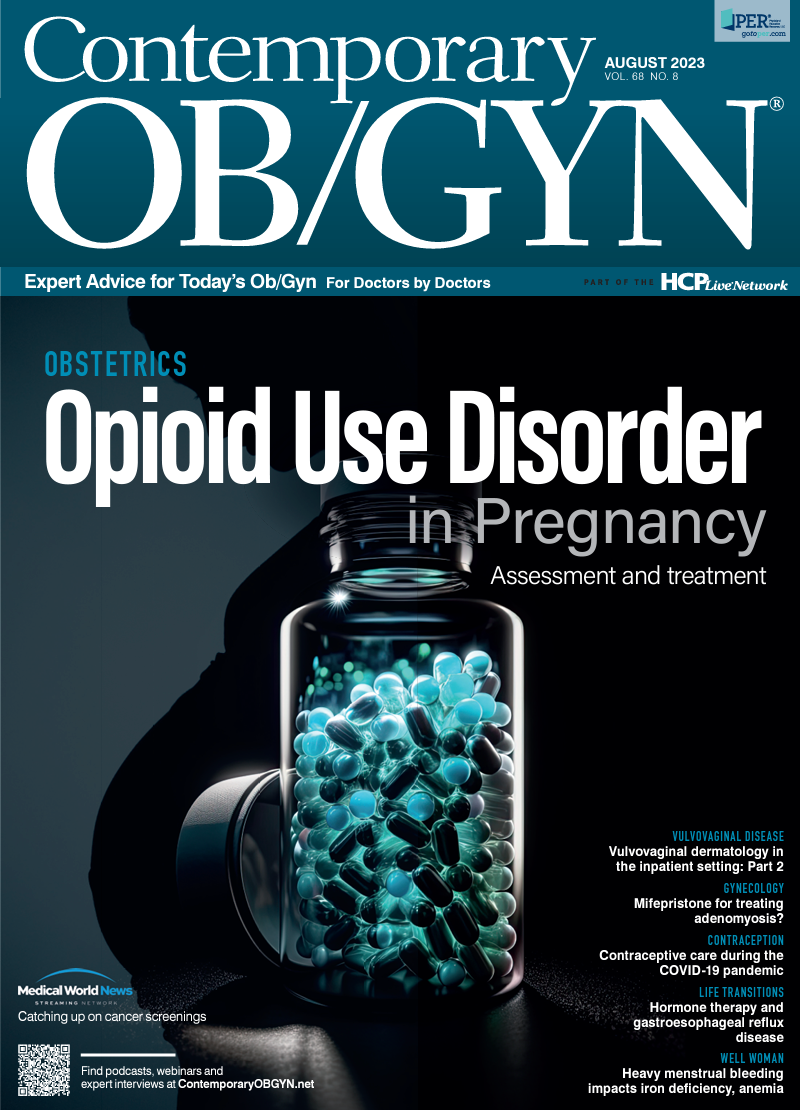Does COVID-19 vaccination impact ovarian reserve?
In a recent study, no clinically significant changes in ovarian reserve were found based on COVID-19 vaccination status.
Does COVID-19 vaccination impact ovarian reserve? | Image Credit: © M.Rode-Foto - © M.Rode-Foto - stock.adobe.com.

COVID-19 vaccination is not associated with changes in ovarian reserve, according to a recent study published in JAMA Network Open.
It is vital for doctors to understand potential outcomes of the COVID-19 vaccination, including outcomes impacting female ovarian reserve. Anti-Mullerian hormone (AMH) levels and sonographic antral follicle count (AFC) are recommended by the American Society for Reproductive Medicine for measuring ovarian reserve.
AMH was described as, “a glycoprotein produced by the granulosa cells of growing follicles in the ovaries and correlates with the functional ovarian pool,” and AFC as, “a sonographic measurement of the bilateral ovaries during the follicular phase of the menstrual cycle.”
While previous studies did not associate COVID-19 vaccination with changes in AMH levels, there is significant variation in AMH assays and a need to cross-reference other biomarkers. To evaluate the impact of COVID-19 vaccination on AMH level and AFC, investigators conducted a retrospective cohort study.
Female patients seeking fertility treatment at the Texas Children’s Family Fertility Center in Houston from January 4, 2016, to December 16, 2021, were included in the analysis. Ovarian reserve was the primary outcome of the study, measured through AMH level or AFC. Exclusion criteria included having missing data entries.
Variables included body mass index, hemoglobin A1c (HbA1c) level, AMH assay type, and vaccination type. Stata/IC, version 15.1 was used to perform statistical tests.
There were 1655 patients included in the final analysis, 974 of which met criteria for AMH and 1222 for AFC. Patients were aged a mean 34 years, and race and ethnicity data were not collected.
Of patients who met the AMH criteria, 836 were in the prevaccination group and 138 in the postvaccination group. A lower mean AMH and age was seen in the prevaccination group, but BMI and HbA1c levels did not differ between the 2 groups.
Difference relative to the AMH assay type was seen in 31% of the prevaccination group and 99% of the postvaccination group. Associations were found of AMH value with age and AMH platform.
No changes in mean AMH levels were reported in patients after COVID-19 vaccination compared to before COVID-19 vaccination. The prevaccination group had a median AFC of 18 while the postvaccination group had a median AFC of 20.
Overall, these results indicated COVID-19 vaccination status is not associated with ovarian reserve. In a subgroup analysis, a clinically significant difference in AMH was not observed.
Reference
Yang L, Neal S, Lee T, Chou A, Schutt AK, Gibbons W. Comparison of female ovarian reserve before vs after COVID-19 vaccination. JAMA Netw Open. 2023;6(6):e2318804. doi:10.1001/jamanetworkopen.2023.18804

Contemporary OB/GYN Senior Editor Angie DeRosa gets insight on the current state of COVID-19 from Christina Han, MD, division director of maternal-fetal medicine at the University of California, Los Angeles, and member of its COVID-19 task force. Han is an active member of the Society for Maternal-Fetal Medicine and discusses the issues on behalf of SMFM.
Listen
Surge of antidepressant use seen among female adolescents during COVID-19
March 7th 2024A study revealed a significant increase in antidepressant prescriptions among adolescents and young adults during the COVID-19 pandemic, particularly among female adolescents, indicating exacerbation of pre-existing mental health challenges.
Read More
COVID-19 vaccination during pregnancy not linked to preterm birth
January 31st 2024A systematic review of 6 studies revealed that COVID-19 vaccination during pregnancy does not significantly increase the risk of preterm birth, providing crucial insights for public health policies and offering reassurance to healthcare providers and expectant mothers.
Read More
